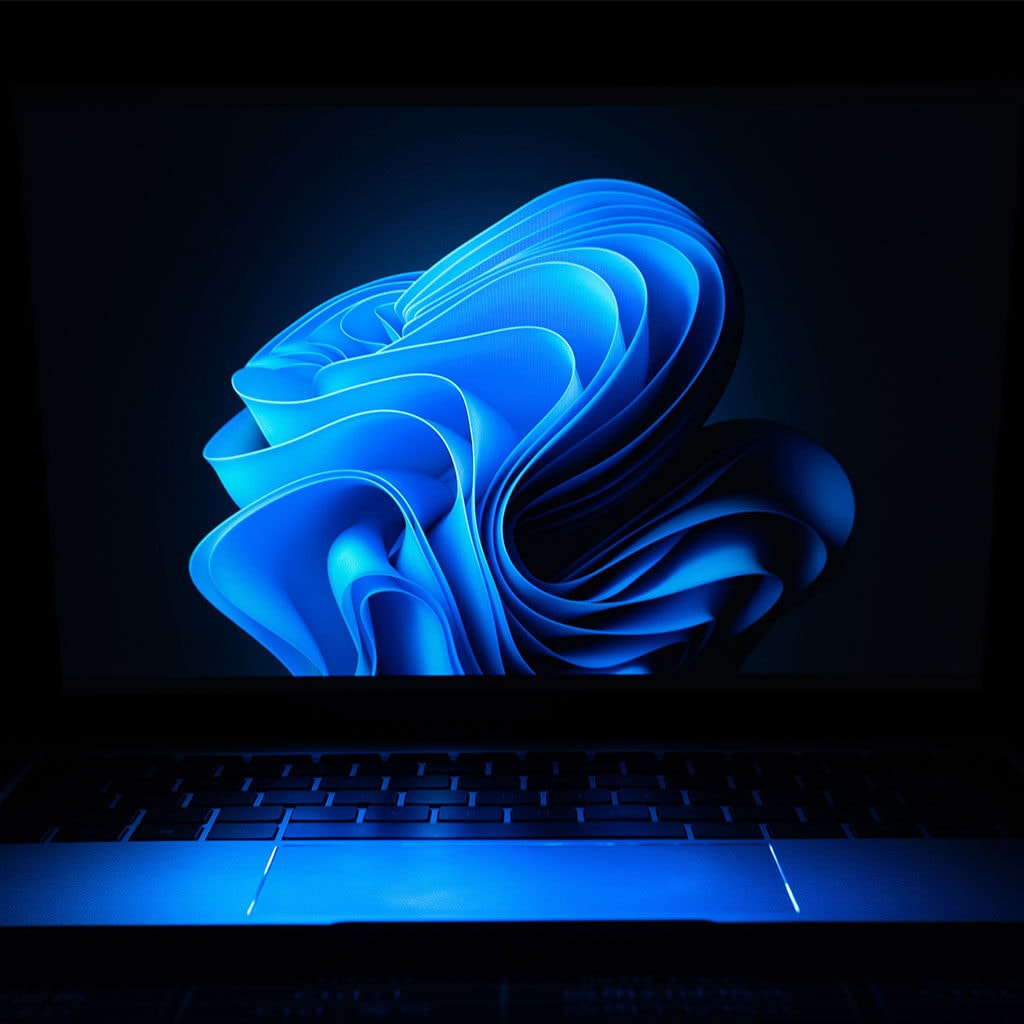Windows 11 is Microsoft’s latest operating system, and one of the many conveniences it offers is the ability to take screenshots. Taking screenshots on Windows 1 can be done in a few simple steps. In this article, we will discuss how to take a screenshot on Windows 1, what types of screenshots you can take, and where to find them once they are taken. By following these instructions, you can Take Screenshot on Windows 11.
To capture a screenshot, press the PrtSc key and then paste it
The PrtSc key (sometimes written as Print Screen) is a great way to capture the active window on your computer desktop. It allows you to quickly grab all of the information visible on your screen in a single image that can then be pasted into an application, such as Paint, Paint 3D, or Adobe Photoshop. To do this, simply press and hold down the PrtSc key and then paste the resulting image into your desired application.
By adding the Alt key as well, you can capture only the active window instead of your full desktop. This will also save the current window to your clipboard where you can again paste it into an imaging program. However, if you’re using Windows 11 there may be some discrepancies due to how images are always rectangular while windows may have more rounded edges. In order to achieve accurate results when using the PrtSc key it is important to plan out accordingly if you are wanting certain edges or curves in any images produced.
Capture and save screenshots using PrtSc and OneDrive
Using the PrtSc key with OneDrive is a great way to quickly and easily save screenshots as image files in OneDrive. This Advanced feature can be activated and configured directly from the OneDrive settings menu. All that needs to be done is to check the “Automatically Save Screenshots I capture to OneDrive” box in the Backup tab of the dialog box, and all your PrtSc captures will automatically be saved into OneDrive.
This option provides an easy solution for anyone who frequently takes snapshots of their work and wants to store them securely. Not only does it save time by skipping out on a few steps, but it also ensures that your screenshots are stored safely away from harm’s reach. Additionally, because Microsoft places so much emphasis on data security with its cloud-driven products, you can have peace of mind knowing that your images are backed up across several servers and therefore impossible to completely lose or damage.
Press Windows key and PrtSc to take a screenshot
The Windows Key-PrtSc keyboard shortcut is an incredibly useful tool for quickly capturing screenshots in Windows. This method is activated by pressing the Windows key and PrtSc keys together on your keyboard, which will cause the screen to dim briefly and the image captured will be stored as a PNG file in the Pictures > Screenshots folder by default. This eliminates the need to manually save or transfer images after taking a screenshot, making it much faster and easier.
This method of taking screenshots also allows you to easily paste them anywhere right after capturing them, saving time during processes that require multiple screenshots. Not only is this useful when uploading images online or sending them over email, but it can also be used just as quickly while editing documents and presentations. With this simple shortcut, pictures on your desktop can be captured without any extra software needed.
The Snipping Tool is a tool used for capturing images on a computer screen
The Snipping Tool is a Windows 11 feature that allows users to easily take screenshots and share them with their friends or colleagues. This feature combines the excellent Snip & Sketch tool from Windows 10 and the earlier version of the Snipping Tool, providing users with an easier-to-access alternative for taking snapshots of their computer devices. The easiest way to access this tool is by pressing the “Windows Key” + “Shift” + “S.”
The Snipping Tool provides four different types of screenshot options such as rectangular selection, freehand selection, window or full-screen capture. For the first two choices, users just need to draw with their cursor over the area they want to capture and then release it when done; while for the last two options, all they need do is simply click over the target window or screen they wish to snapshot. After they finish capturing the screenshot desired, a notification will appear in the lower right hand corner of their screen featuring a thumbnail image of what has been taken.
Utilize the Game Bar function
The Game Bar on Windows is a great tool for capturing screenshots. This can be incredibly handy for gaming, streaming, or recording how-to tutorials. With the modern Windows 10 operating system, open the Game Bar simply by pressing the “Windows Key” and “G” simultaneously. After loading up your favorite game or app, tap the camera icon in the Capture window to take a full-screen snapshot that will be saved to your Video/Captures folder under your main user folder. If this destination isn’t suitable, you can easily change it in the main Windows Settings app.
The process of taking a screenshot within Windows 10 is actually much simpler than it seems—you can even bypass opening the Game Bar simply by pressing “Windows Key” plus “Alt” and “PrtScn” all at once. Once you get used to either method, you will be taking great screenshots in no time! For gamers or video producers who need quick access to great screen captures, using the Game Bar on Windows allows them to easily save their images for later use with incredible clarity.
Screenshot Part of the Screen
The screenshot feature of Windows is a powerful tool for capturing what’s happening on your computer screen. With the press of three keys, you can easily open up the screen snipping tool to take a screenshot of your entire screen or select areas. The useful shortcut combo of pressing “Windows key + Shift + S” will dim the screen and bring up a small menu with four buttons at the top to choose from: rectangular snip, free form snip, window snip, and full-screen snip.
Rectangular Snip lets you capture any area you want by simply drawing a box around it with your mouse. This can come in handy when taking pictures of webpages that don’t fit into one concise rectangular shape. Free Form Snip works similarly but instead follows the shape of what’s highlighted with your cursor as opposed to creating rectangles. Window Snip will capture whatever active window is showing on your display right away without having to draw boxes or anything like that. Lastly, Full-Screen Snip will take an image of the entire current window that is shown on the monitor automatically – perfect when taking quick screenshots while gaming or using certain applications where everything needs to be captured in its entirety.



